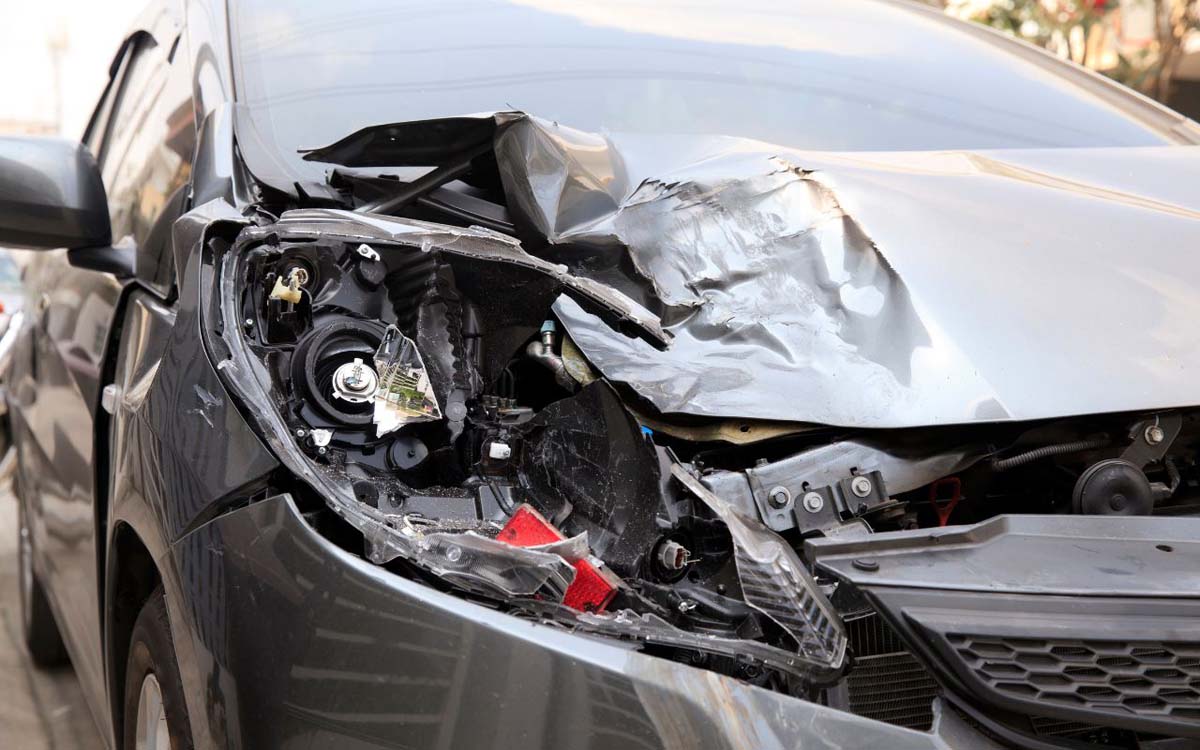What Happens if a Friend Crashes Your Car in Australia
February 22, 2024
Lending your car to a friend is generous, but it can bring unexpected complications if they’re involved in an accident. This guide helps you through the process and equips you with the knowledge to handle this unfortunate situation correctly.
Immediate Actions After an Accident
When lending your car to a friend it’s critical that they understand what to do immediately after an accident.
Gather Detailed Information
Immediately after learning about the accident, it’s crucial to collect as much information as possible. This includes understanding who was at fault, documenting the scene with photos, and acquiring the other party’s details.
It’s also critical to determine if the car is undrivable so they do not put themselves or others at risk.
Not at Fault Vs At Fault
Not-At-Fault Accidents
If your friend is not responsible for the accident, it’s a relief to know that insurance excesses may often be waived. This, however, is dependent on providing detailed information about the at-fault driver, including their contact and insurance details.
Right2Drive specialises in providing no-cost accident loan cars for drivers who are not at fault. If your vehicle is undrivable after the accident, Right2Drive can ensure you have a replacement vehicle, allowing you to maintain your daily routine without disruption. This service can significantly reduce the stress and inconvenience during the entire repair period of your car.
If you believe you are not at fault then check your eligibility here to see how Right2Drive can help you
At-Fault Accidents
If your friend, who was driving your car, is determined to be at fault, your insurance policy’s excesses come into play.
This could mean paying a predetermined out-of-pocket amount towards the claim. The specifics of these excesses can vary based on factors like the driver’s age, experience, and whether they are listed on your insurance policy.

In both scenarios, it’s essential to report the incident to your insurer promptly and provide all necessary details to facilitate the insurance claims process effectively.
Comprehensive vs. Third-Party Insurance
Comprehensive Insurance
This type of insurance is more inclusive, often covering damage to your vehicle and to others. It typically includes both listed and unlisted drivers, making it a flexible option for those who might lend their car. However, the excess – the amount you pay out of pocket before insurance covers the rest – varies depending on factors such as the driver’s age and experience.
Third-Party Insurance
This is more limited and generally cheaper. It covers damage inflicted on other vehicles and property, but not your own car. The excess payable may vary based on the driver’s adherence to their licence conditions and their driving history.
Specific Insurance Provider Policies
Different insurers have their own policies regarding claims involving unlisted drivers. For instance, some insurers might allow occasional use by unlisted drivers without additional excess, while others might require all regular drivers to be listed to avoid higher excesses. Policies can vary significantly, so it’s essential to understand the specifics of your policy.

Excess and Claim Factors
Driver’s Age and Experience
Younger drivers or those with less experience often attract higher excesses due to the perceived increased risk. This is particularly pertinent if they are not listed on the policy.
Usage of Car
How the car is used can also affect claims. For example, a vehicle insured for private use but involved in commercial activities at the time of an accident might face claim denials or higher excesses.
Driver’s History and License Conditions
The driver’s history, including any past claims or violations, and adherence to license conditions (like restrictions for new drivers) play a crucial role in determining excess and claim eligibility.
Understanding these nuances can help car owners make informed decisions about lending their vehicle and selecting the right insurance policy.
Managing Costs and Responsibilities
Approaching Your Friend for Costs
If your friend is responsible for the accident and your insurance doesn’t cover them, a delicate but straightforward conversation about covering repair costs is necessary. Have a detailed repair quote ready to provide a clear picture of the financial responsibilities.
The Conversation
Approach the topic factually but with empathy. Acknowledge the awkwardness of the situation while focusing on practical solutions.
Preventative Measures
Before lending your car, verify your insurance coverage details to understand the implications of such incidents.
Insurance Premium Implication
If the accident affects your insurance premium, consider discussing with your friend how they can contribute to the increased costs.